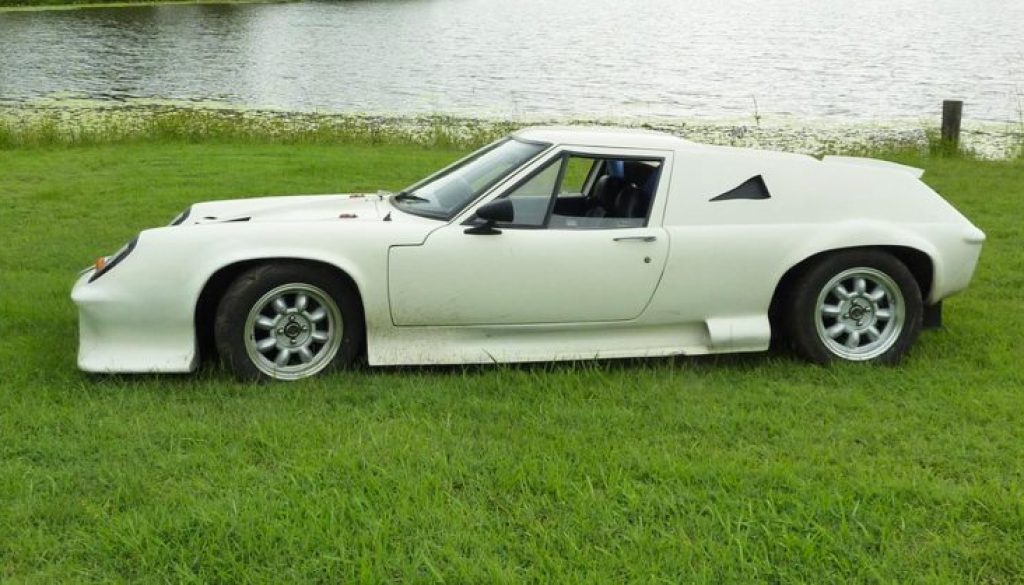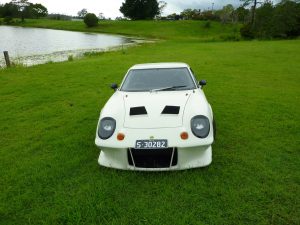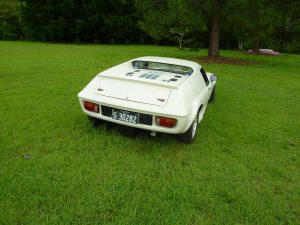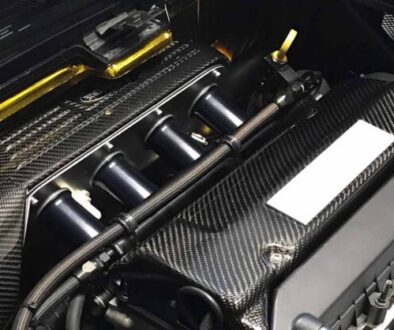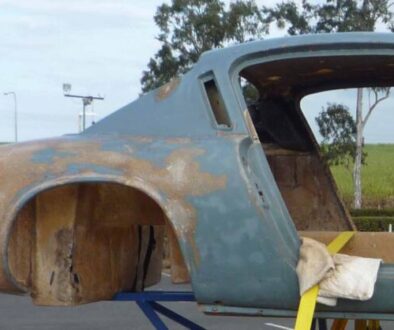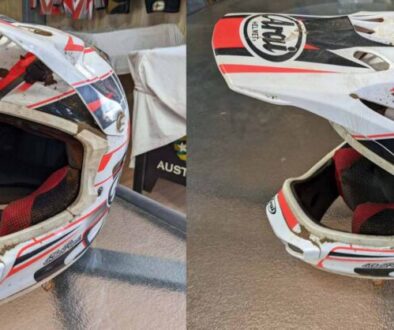Europa Aerodynamics
Story and photos by Barry Ellis.
MY WIND TUNNEL
I had my first Europa Series 2 in the 70s and lived in country Vic with no speed restrictions on the open roads. It had a Kent race engine in it. I quickly realised that at around 120mph there was a dangerous amount of lift at the front. A friend of mine also had a Europa that he had put a Mazda 13B rotary into. He also said that by 120mph it was feeling a bit dangerous. Reference from the American car magazine (I think Road & Track) where they included wind tunnel test results in their road tests, confirmed that the Series 2 and Twin Cam Europas both had significant front lift at speed. I seem to have lost the magazines, so can’t quote their results. But on reflection, at the time of original supply, it was claimed that the Europa had the least drag of any production car in the world. Low drag and limited downforce. Mine with a Kent engine recorded 42 miles per gallon. Much better than any other car I’ve had.
I purchased my second Europa in 2004. As I wanted to race it, I realised that I would have to resolve the front lift problem. I was in Perth then & spoke to a local who told me that he had seen a Europa in the early 70s coming over the hill at the race track, and into the normal stiff Westerly wind, lift at the front, and do a complete summersault.
This was my 8th Lotus, so I’d had lots of experience in fibre glassing stuff. So I got started. I modified the front air inlet and radiator outlet. Then changed the front shape to include a spoiler and air dam. Added front diffusers to duct air into the front wheel arches for brake cooling. Added low side straight edges with air inlets at the back, much the same as the standard Esprit set up. Then covered the underside flat. Then diffusers across the lower back. And, last, a small Gurney Flap to the existing rear edge of the engine cover. In the design of all these modifications I referred to Competition Car Aerodynamics by Simon McBeath (2006).
Then the Wind Tunnel tests. I can’t help being a structural engineer. I drilled four small holes in the body vertically above the inside centre of the wheels. People at the race track often asked what the small holes were for. Then made rods that I connected to the suspension just inside of the wheels. I had marked the rods so that I could see/measure the relationship between the rod and the car body.
Then with myself and a passenger on board, he photographed the rod protrusions with the car stationary and on level ground. I then drove the car at the legal maximum speed of 110kph in both directions on a nearby straight, flat road. My passenger then photographed the rod protrusions again at that speed. Using the photos I calculated the body vertical movement at the test speed. And, yes I had downforce at both front and rear. It was 3mm at all corners. I then set up the car on wheel scales and loaded the car above the axles front and rear to get the same 3mm deflection. It was 110kg at the front and 45kg at the rear. Then by calculation I could ascertain downforces at any speed I was interested in. At the Perth race track I could attain about 260kmh.
I have a heart issue and couldn’t continue racing, but with a Mazda 12A PP in the car I was doing laps in the 66sec. This compared to a couple of 47s that raced there in the early 70s, much, much less weight, wider, proper racing tyres, best times in the 63sec.

